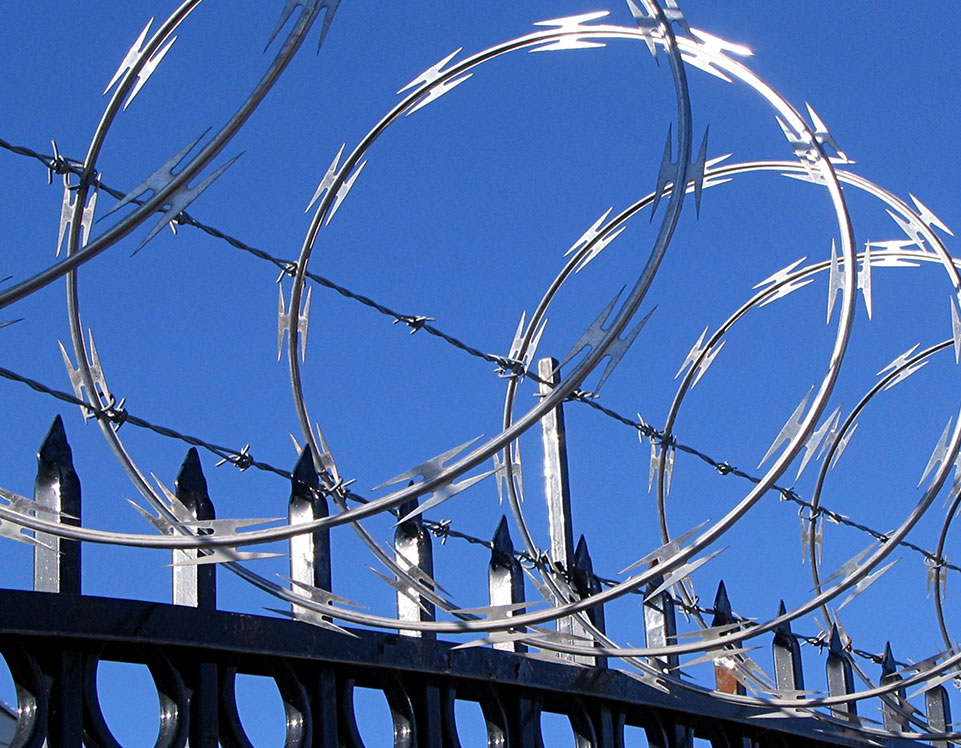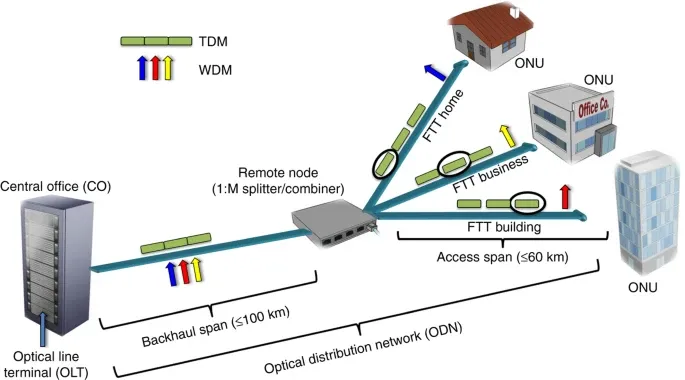Exploring the Benefits of Security Fibers for High-Tech Monitoring and Protection
The Ultimate Guide to Fiber Optic Safety And Security Solutions for Your Organization
In a period where safety issues are vital for services, comprehending the intricacies of fiber optic technology can be transformative. This overview describes exactly how integrating fiber optic protection systems not just improves data defense however likewise provides advantages like resistance to interference and real-time surveillance capabilities.
Understanding Fiber Optic Innovation

The core of a fiber optic wire consists of a slim glass or plastic center, surrounded by a cladding layer that mirrors light back into the core. Single-mode fibers are created for long-distance transmission, while multi-mode fibers are appropriate for much shorter distances, commonly used within buildings.
Optical fiber are not only quicker yet also extra safe than conventional wiring. Their fundamental resistance to electromagnetic disturbance and the difficulty of taking advantage of the signal without discovery make them a recommended option for organizations prioritizing data integrity and safety. As organizations progressively rely on secure and reliable communication systems, comprehending fiber optic technology becomes vital for informed decision-making.
Secret Benefits of Fiber Optic Safety And Security
When considering safety and security choices for a company, the advantages of fiber optic systems are especially compelling. Fiber optic modern technology supplies phenomenal information transmission speeds and data transfer capacity, making it perfect for handling high-resolution video clip feeds from security video cameras. This ability ensures that security employees receive real-time data, enhancing total action times to prospective security risks.
Moreover, fiber optic wires are inherently resistant to electromagnetic disturbance, which can jeopardize the integrity of typical copper-based systems. This resistance guarantees that the information transferred remains safe and uninterrupted, offering a more trusted safety and security infrastructure. In addition, optical fiber are less prone to physical damage, as they are made from glass instead than metal, reducing upkeep costs and downtime.
Fiber optic systems offer improved cybersecurity functions, consisting of security abilities that safeguard sensitive data from unapproved accessibility. Collectively, these benefits make fiber optic security systems a robust choice for companies looking for to improve their safety actions.
Installment Refine and Factors To Consider
Thinking about the complexities included, the setup process of fiber optic safety systems calls for mindful preparation and implementation. The preliminary step entails a comprehensive website assessment to determine ideal locations for cabling and equipment. This evaluation should take into consideration ecological elements, existing facilities, and potential susceptabilities.

Furthermore, the installment needs to adhere to regional building regulations and sector requirements. This might include collaborating with various stakeholders such as structure supervisors, IT groups, and safety and security personnel to ensure smooth combination with existing systems.
Post-installation, rigorous testing is necessary to validate system efficiency and identify any kind of issues that may develop. By focusing on these factors to consider throughout the installment process, businesses can make certain a robust and effective fiber optic protection system that fulfills their certain safety and security requirements.
Newest Innovations in Fiber Optic Protection
Current innovations in fiber optic technology have actually substantially enhanced the capacities of security systems for organizations. Among the most remarkable advancements is the assimilation of fiber optic sensors that can find vibrations and invasions along the boundary of a facility. These sensing units offer real-time surveillance, enabling fast feedback to try this possible breaches.
In addition, the development of distributed fiber optic sensing innovation allows for the constant monitoring of large locations with a single fiber cord. Learn More Here This approach not only decreases installation expenses however additionally improves the reliability of keeping an eye on systems by removing the need for multiple, separate sensing units.
Moreover, developments in multiplexing methods have actually made it possible for organizations to transfer huge quantities of information over fiber optic networks, boosting the abilities of video her latest blog clip surveillance systems. High-definition video feeds can now be sent over long distances without loss of high quality, making sure that safety and security employees have access to clear and workable information.
Last but not least, the use of synthetic knowledge (AI) along with fiber optic systems is reinventing risk detection. AI algorithms can examine data from fiber optic networks to determine unusual patterns or actions, enabling aggressive safety measures. These innovations collectively represent a significant leap onward in fiber optic security technology.
Picking the Right System for Your Business
Picking the ideal fiber optic safety system for your service is vital for guaranteeing ideal defense and assurance. To make an educated option, examine your specific safety and security needs, considering elements such as the dimension of your properties, the nature of your operations, and prospective susceptabilities.
Begin by reviewing the level of safety needed; as an example, risky settings may demand advanced systems with integrated monitoring and breach discovery capabilities. Next, think about scalability; as your business grows, your security system should can expanding to suit increased needs without substantial overhauls.
Additionally, examine the integrity and performance of different systems. Try to find providers with established credibilities and client testimonials that vouch for their service quality. It's additionally advisable to make inquiries concerning the modern technology's compatibility with existing framework, ensuring a seamless integration procedure.
Verdict
In final thought, fiber optic security systems offer a robust service for enhancing business safety and security infrastructures. The combination of high-speed data transmission, resistance to electromagnetic disturbance, and advanced tracking capabilities significantly boosts total security (fiber optic security system). By comprehending the modern technology, acknowledging its advantages, and taking into consideration the installation process, organizations can make informed decisions. The latest developments further boost the efficiency of these systems, guaranteeing that services continue to be safe and secure and versatile in an ever-evolving hazard landscape.